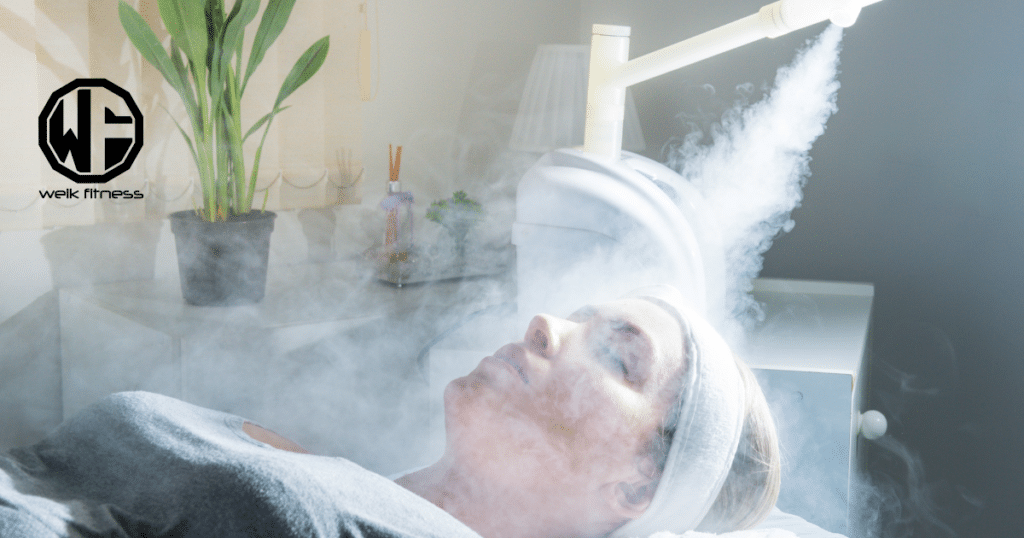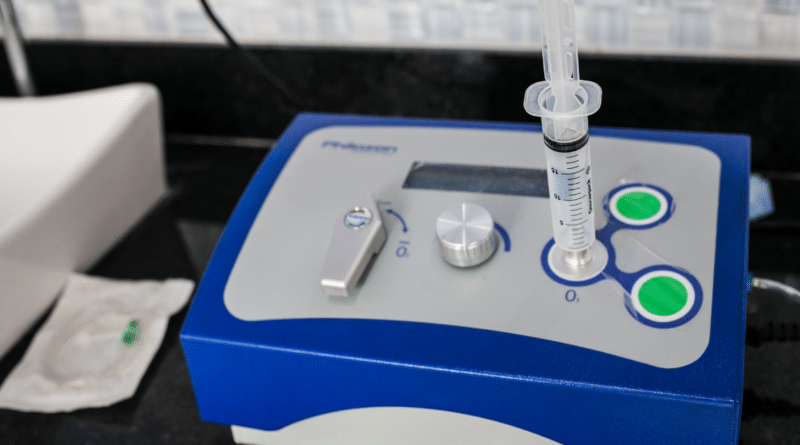What the Heck is Ozone Therapy?
Ozone therapy has emerged as a compelling alternative to conventional medical treatments, offering diverse health advantages. From enhancing cognitive clarity and vitality to improving the immune system and mitigating inflammation, this therapeutic practice holds the promise of holistic well-being.
Ozone, a naturally occurring gas consisting of three oxygen atoms, boasts potent antimicrobial properties capable of combating viruses, bacteria, and fungi. As ongoing research continues to shed light on this intriguing field, it becomes increasingly essential to delve into the fundamentals of ozone therapy, its mechanisms, and the prospective health benefits it holds.
In this article, we will dive deeper into the realm of ozone therapy and how it can be beneficial for your health.
Disclaimer: This article is for informational purposes only and is not meant to treat or diagnose any condition. It is recommended that you speak with your doctor before making any changes to your daily health regimen.
Table of contents
What Is Ozone Therapy?
Ozone therapy involves the use of ozone gas in medical procedures. Ozone gas, comprised of three oxygen atoms, is a variation of oxygen. While ozone in the upper atmosphere serves as a protective shield against the sun’s UV radiation, at ground level, it transforms into a harmful air pollutant.
Related Article: The Benefits of Hyperbaric Oxygen Therapy
Inhaling ozone can result in adverse effects, including irritation of the lungs and throat, coughing, and worsening of asthma symptoms. Prolonged and high-level exposure may lead to lung damage and, in severe cases, even prove fatal.
Nonetheless, it is also important to note that some researchers have explored the potential therapeutic applications of ozone in specific medical contexts.
Are There Risks to Doing Ozone Therapy?

Ozone therapy, when administered properly and under the supervision of a qualified healthcare professional, is generally considered safe for certain medical applications. However, like any medical intervention, it is not without risks, and the safety depends on various factors, including the method of administration, dosage, and the individual’s health condition.
Here are some potential risks and considerations associated with this treatment:
- Respiratory issues: Inhaling ozone can be harmful to the respiratory system. It can irritate the lungs and lead to coughing, chest pain, and shortness of breath.
- Skin irritation: Direct contact with ozone gas or ozonated oils may cause skin irritation or allergic reactions in some individuals.
- Oxidative stress: Ozone is an oxidizing agent, and its therapeutic effects are believed to be related to its ability to generate oxidative reactions in the body. However, excessive oxidative stress can be harmful and may contribute to inflammation and other health issues.
- Blood-related concerns: Ozone autohemotherapy, where blood is withdrawn, ozonated, and then reinfused, may pose risks such as blood clot formation, hemolysis (destruction of red blood cells), and other circulatory issues.
- Individual variations: People may respond differently to ozone therapy based on their overall health, existing medical conditions, and individual sensitivities.
It’s crucial to undergo this type of therapy only under the guidance of a qualified healthcare professional who has experience in administering this treatment.
How Much Does Ozone Therapy Cost?

The cost can vary widely depending on several factors, including the location, the type of ozone therapy offered, and the healthcare provider or clinic administering the treatment. Ozone therapy may be offered in various forms, such as ozone sauna, ozone injections, or ozone autohemotherapy.
In the United States, for example, the cost of ozone therapy sessions can range from $75 to $300 or more per session. The number of sessions needed can also affect the overall cost. Some people may opt for a series of sessions for a more comprehensive treatment approach.
It’s essential to note that ozone therapy is not universally accepted or regulated in all countries, and its use may vary based on local regulations and medical practices. Additionally, insurance coverage for ozone therapy is limited, as it is considered alternative or complementary medicine in many cases.
If you want to read even more about this topic, here is a great book I recommend.
The Benefits of Ozone Therapy
Below are some of the potential benefits you can experience:
1. Improves Immune System
Ozone therapy can enhance the immune system’s ability to combat infections and reduce inflammation. Conditions causing regular body inflammation, like asthma, often exhibit inflammatory markers in the blood. Such inflammation can lead to oxidative stress — an imbalance between free radicals and antioxidants, resulting in pain and discomfort.
Ozone therapy has been reported to mitigate inflammation linked to oxidative stress, aiding in the management of conditions like arthritis and Crohn’s disease.
Related Article: Halotherapy — Does This Salt Therapy Actually Work?
Surprisingly, ozone is not just about the Earth, it also possesses potent antioxidant properties. These properties facilitate the healing of inflammation-induced damage, lowering the risk of infection and disease.
A 2018 study found that ozone therapy, when combined with blood and administered to HIV patients, significantly reduced viral load over two years, potentially enhancing long-term health.

2. Breathing Disorder
Ozone therapy holds promise for individuals with respiratory conditions, but further research is necessary. By improving blood oxygen levels, it may reduce stress on the lungs, which plays a crucial role in oxygenating the blood.
Related Article: Nose Breathing — The Unbelievable Benefits of Nasal Breathing
A 2014 study examined intravenous ozone therapy, involving the injection of ozone mixed with blood, for COPD treatment. Results showed improved quality of life and enhanced exercise capacity in former smokers with COPD.
3. Musculoskeletal Relief Through Ozone Therapy
This specific treatment offers effective management for musculoskeletal ailments like arthritis, bursitis, and carpal tunnel syndrome. Studies have demonstrated positive outcomes, with patients experiencing reduced pain and discomfort as a result of ozone therapy treatment.
Click here to continue reading…


*Disclosure: This article may contain affiliate links or ads, which means we earn a small commission at no extra cost to you if you make a purchase through these links. These commissions help support the operation and maintenance of our website, allowing us to continue producing free valuable content. Your support is genuinely appreciated, whether you choose to use our links or not. Thank you for being a part of our community and enjoying our content.
PLEASE CONSIDER SHARING THIS ON YOUR SOCIAL MEDIA TO HELP OTHERS LEARN MORE ABOUT THIS TOPIC.





